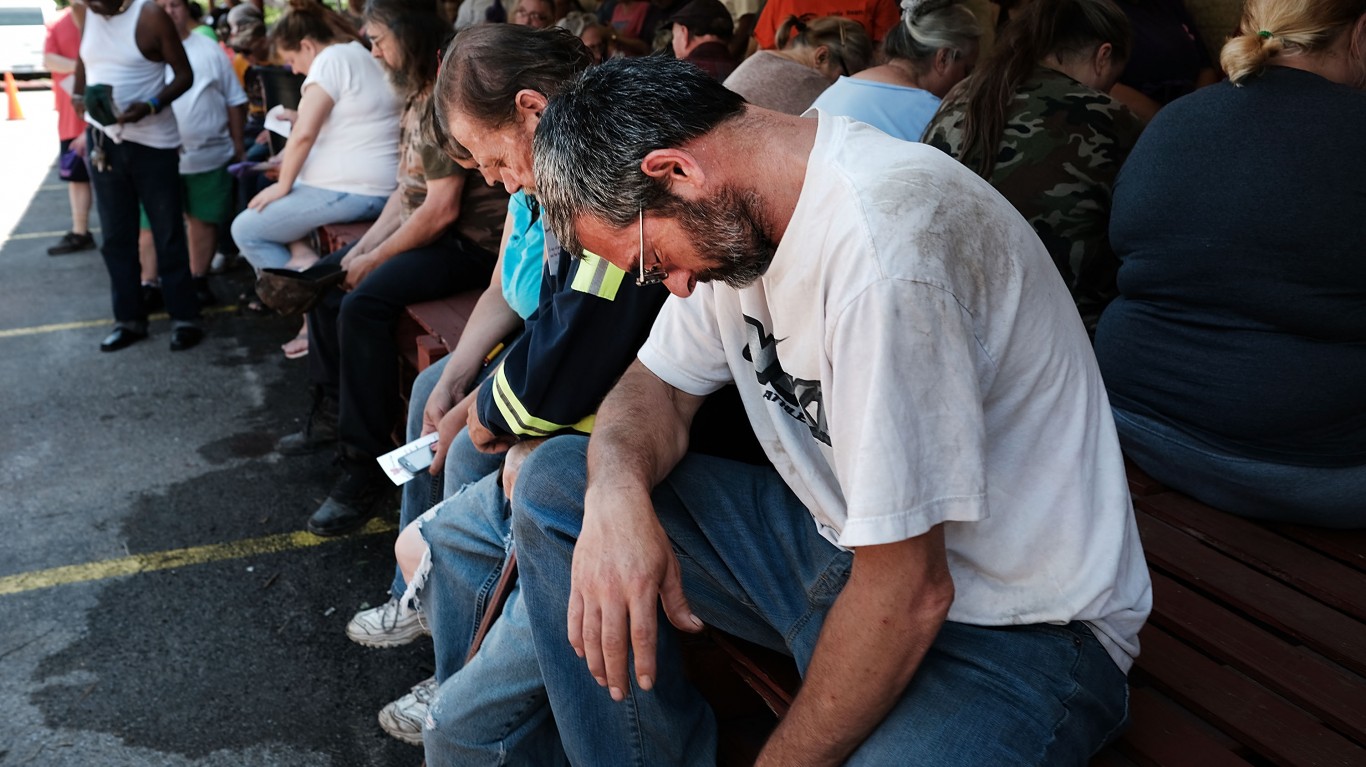
Despite a rise in temperatures around the world caused by climate change, winters in parts of America can still be brutally cold, particularly across the northern tier of states. Recently, temperatures below zero have hit the northeast.
Some reasons for the heaviest snow in the county continue to exist. Moist air moving east across the Great Lakes still dumps as much as several feet of snow in places such as upstate New York. Snow is also frequent at the high levels of the mountains in the west, which may bring some relief to drought-battered areas as it melts.
Blizzards across the eastern two-thirds of the United States have steadily increased in frequency over the past century. Due to accelerating changes to the climate, including rising ocean surface temperatures (which leads to more moisture in the air) and reduction in Arctic sea ice (which can affect the jet stream), as well as natural variability, the increase in severe winter storms, especially in the eastern United States, is expected to continue.
Unlike hurricanes and earthquakes, there is no widely used scale or index for assessing the impact of snowstorms. In recent years, however, the meteorological community has made several successful attempts to establish a standard for measuring the impact of extreme snow events that can be used to compare snowstorms over time.
The Regional Snowfall Index (RSI), introduced in 2014, ranks a snowstorm impact on a scale of 1 to 5 using data on a storm’s area of snowfall, the amount of snowfall and the population affected. The RSI has since been used to retroactively classify nearly 600 snowstorms that occurred between 1900 and 2013.
To determine the worst blizzard of all time, 24/7 Wall St. ranked snowstorms based on their RSI values, published by the National Oceanic and Atmospheric Administration’s National Centers for Environmental Information.
We reviewed 25 snowstorms designated as Category 5 since 1900. Data on duration, region, affected area and affected population also came from the NOAA. 24/7 Wall St. combined data on affected area and population for Category 5 storms that spanned multiple regions, considering it one event. Storm names, as well as measures of snowfall in the affected areas, came from various news and media sources.
The worst blizzard of all time was the White Hurricane. Here are the details:
- RSI score: 39.07
- Duration: Jan. 23 to Jan. 28, 1978
- Region: Upper Midwest
- Affected area: 233,580 square miles
- Population affected: 23.6 million
- Notable snowfall: 12.9 inches (Dayton, Ohio)
The Ohio Valley and Great Lakes region endured one of its worst winter storms in late January of 1978. In addition to massive snow totals, the storm whipped up near-hurricane strength winds, earning the event its “White Hurricane” moniker. Ohio bore the brunt of the bad weather, with 51 people dying in that state. Across the affected area, businesses, schools and transportation were closed for days.
Click here to see all the worst snowfalls of all time.
It’s Your Money, Your Future—Own It (sponsor)
Are you ahead, or behind on retirement? For families with more than $500,000 saved for retirement, finding a financial advisor who puts your interest first can be the difference, and today it’s easier than ever. SmartAsset’s free tool matches you with up to three fiduciary financial advisors who serve your area in minutes. Each advisor has been carefully vetted and must act in your best interests. Start your search now.
If you’ve saved and built a substantial nest egg for you and your family, don’t delay; get started right here and help your retirement dreams become a retirement reality.
Thank you for reading! Have some feedback for us?
Contact the 24/7 Wall St. editorial team.




